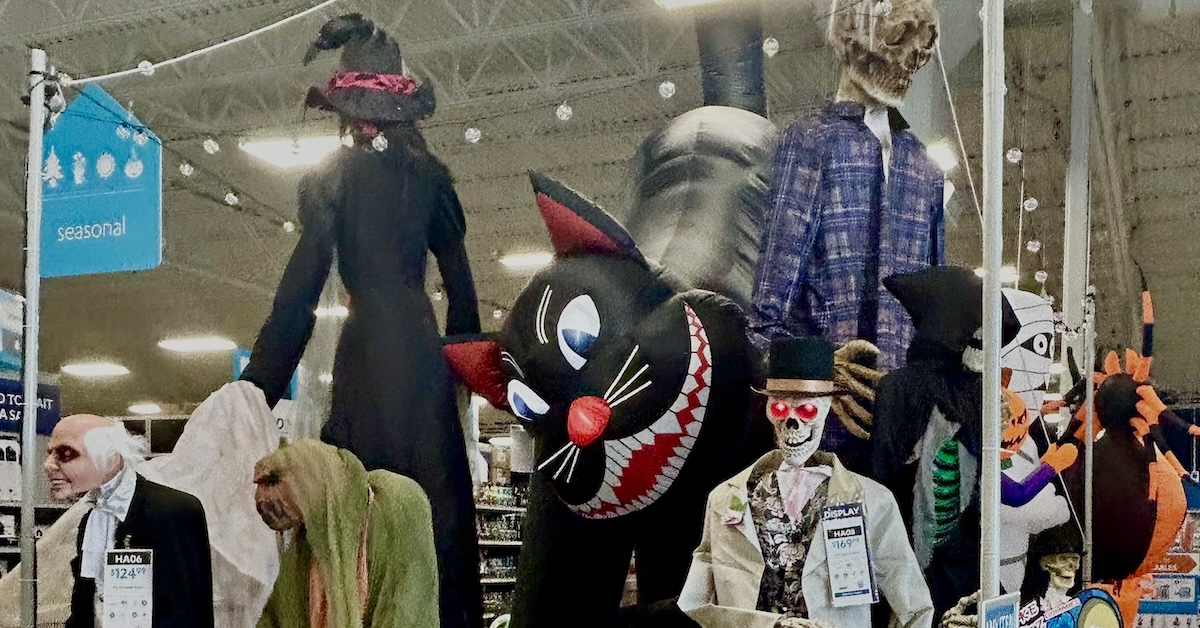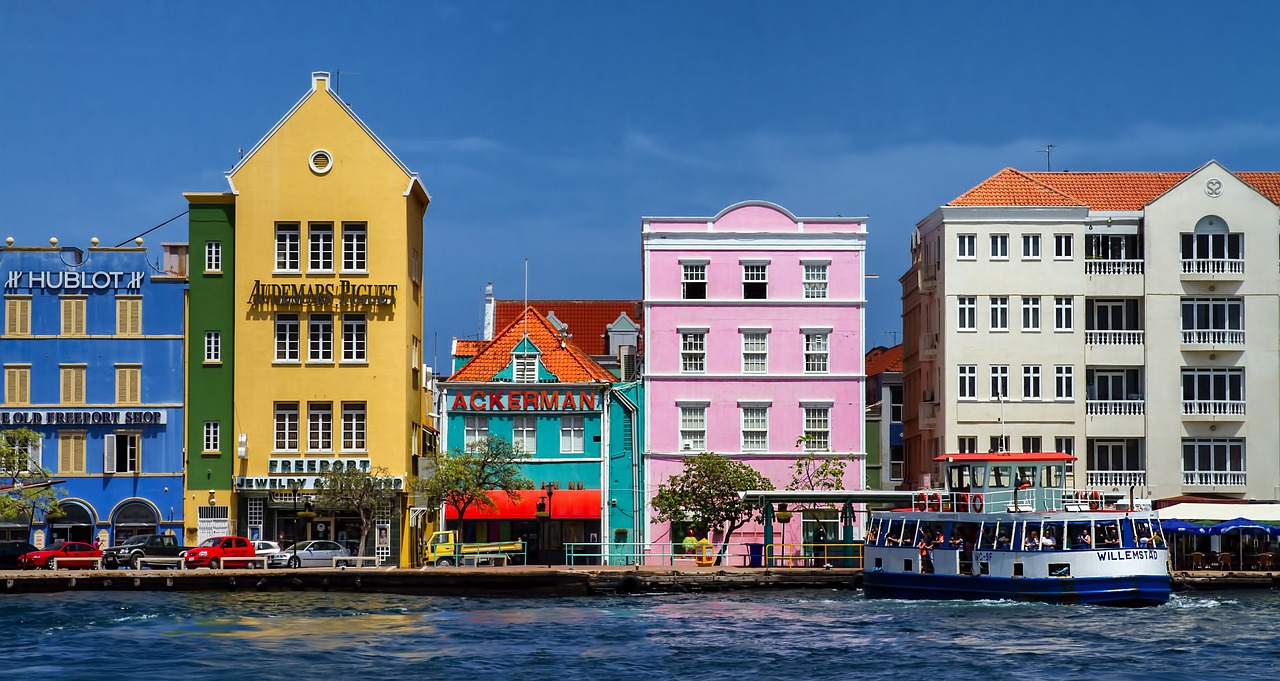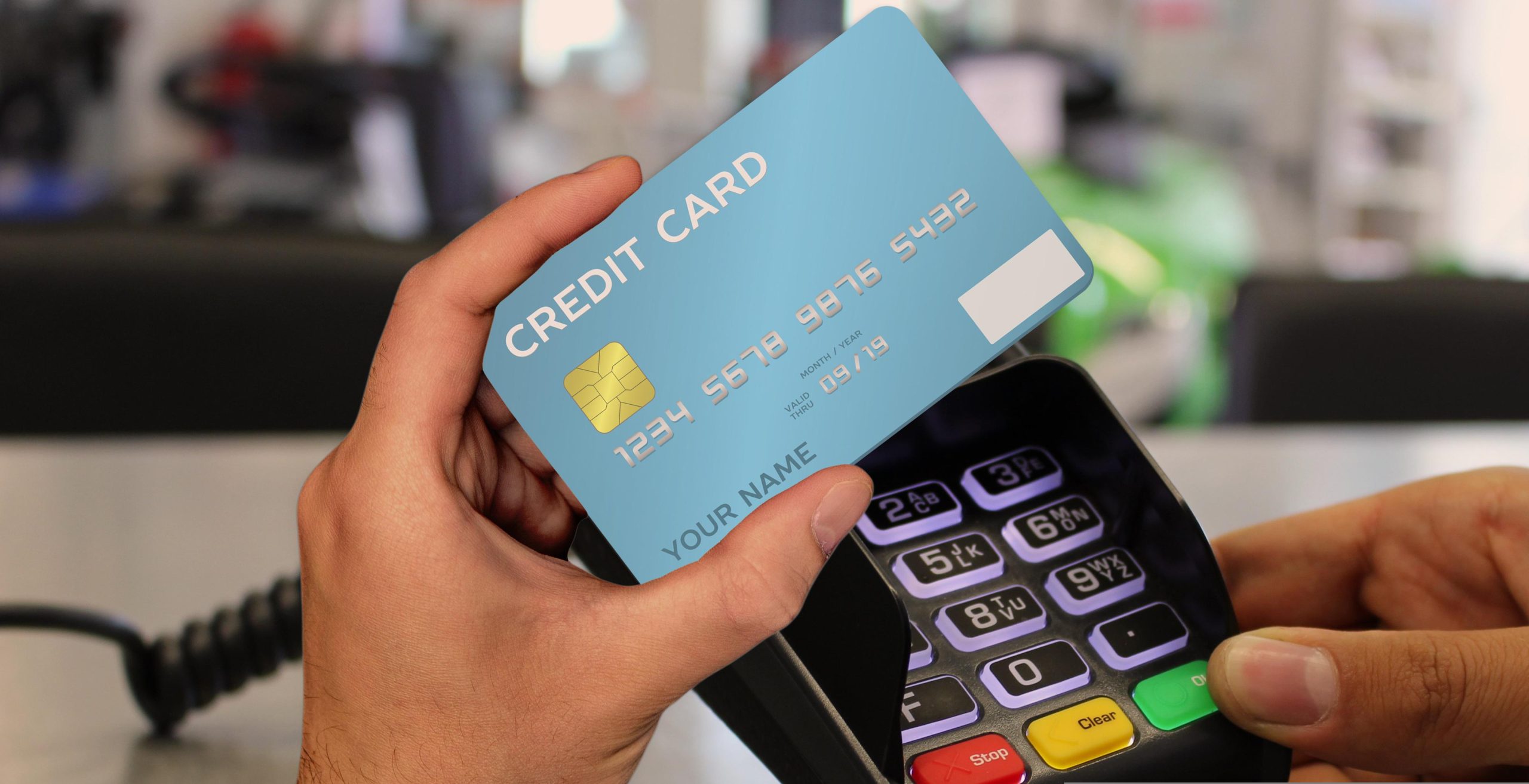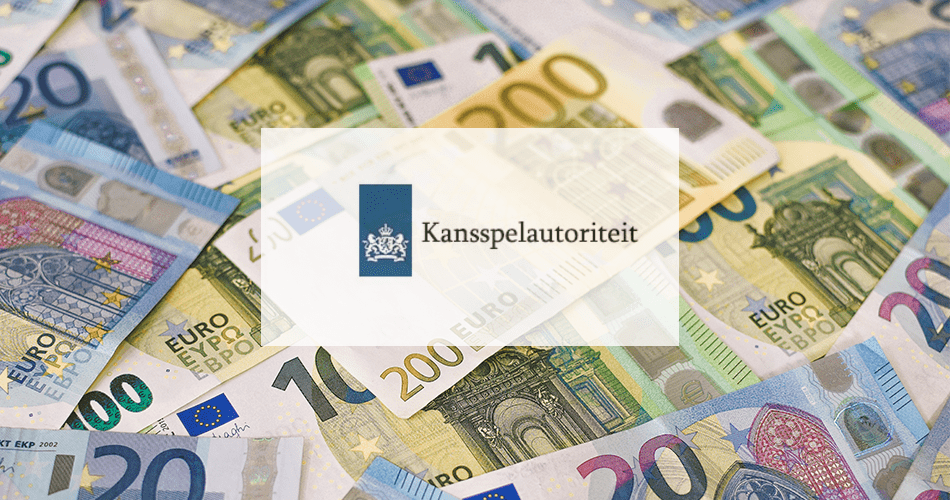Shopping
Halloween spending expected to dip 4.9% from 2023 – Talk Business & Politics

Retailers set up for Halloween in August in hopes of enticing consumers. Halloween spending in 2023 was $12.2 billion, the largest spend on record and 15% more than 2022. The National Retail Federation (NRF) expects 2024 spending to total $11.6 billion, down 4.9% from a year ago.
The average spend is expected to be $103.63, or $4.62 less than a year ago, despite 72% of consumers planning to celebrate, consistent with the 73% reported a year ago, NRF reports. A report from Advantage Solutions goes into more detail about consumer sentiment around Halloween spending.
“Over the past four years, Halloween – like many other holidays – has proven to be a resilient investment for both retailers and consumers, even amid economic uncertainty,” said Kelly Ravestijn, senior vice president of commerce intelligence at Advantage.
Even as the economy shows positive improvements, 49% believe either inflation, recessionary fears or both will impact their Halloween spending. Advantage reports its survey respondents cited the need to stretch out spending over more than one month as the primary reason for earlier spending on Halloween this year.
Price will be a major factor as 46% of candy shoppers will make purchases based on value or best prices and 42% said they will use promotions or sales for their Halloween purchases.
“This reflects a broader consumer behavior where individuals are tightening their budgets on everyday expenses yet remain unwilling to sacrifice their cherished holidays and small luxuries,” Ravestijn said. “Even as they cut corners elsewhere, consumers increasingly view holidays like Halloween as non-negotiable indulgences, reinforcing their value in the retail landscape.”
The early merchandising by retailers was aimed at driving earlier than normal sales. NRF reports 47% of shoppers will begin making Halloween purchases before October, up from 45% ago and on par with 2022.
“Interest in early Halloween shopping continues to be dominated by the 25-34 age group, with 56% of shoppers in this group kicking off their shopping before October,” Prosper head of Strategy Phil Rist said. “Their love of the holiday is a key factor in this trend, with nearly half of this segment sharing that they plan to shop early because Halloween is their favorite holiday.
Candy spending is expected to garner $3.5 billion this Halloween, NRF reports. Advantage said its respondents will spend $51 or more on candy, while 59% spend that much on food for Halloween. Similar increases in spending are planned for costumes and decorations this year, Advantage reports.
Candy prices are higher amid soaring prices for cocoa. Candy makers have reduced the size of the bars and raised prices to overcome increases in ingredient costs. Consumers will purchase it as 67% said they plan to hand out candy this Halloween. Handing out candy was the top activity consumers plan to engage in this Halloween, according to both surveys.
NRF said consumers will spend $3.8 billion on Halloween costumes for kids and themselves. The trade group said 52% of adults and millions of kids plan to dress in costume for the holiday. The top costume favored by kids is Spider-Man with 2.6 million intended to purchase that costume. Consumers are also planning to spend $700 million on pet costumes this year, with pumpkins and hot dogs the top two costumes, according to NRF data.
The other big category for Halloween is decorations and NRF expects spending at $3.8 billion. This spending has grown in recent years beginning with the pandemic as families were spending more time at home. NRF reports that 52% plan to decorate for the holiday this year. Advantage said 60% of its respondents will decorate for Halloween. About 25% will buy decorations and one in four will make their own, buying the items they need to do so.
Other popular Halloween activities that families intend to participate in include watching scary movies (56%), carving a pumpkin (47%) and attending a party 44%, Advantage reports.










